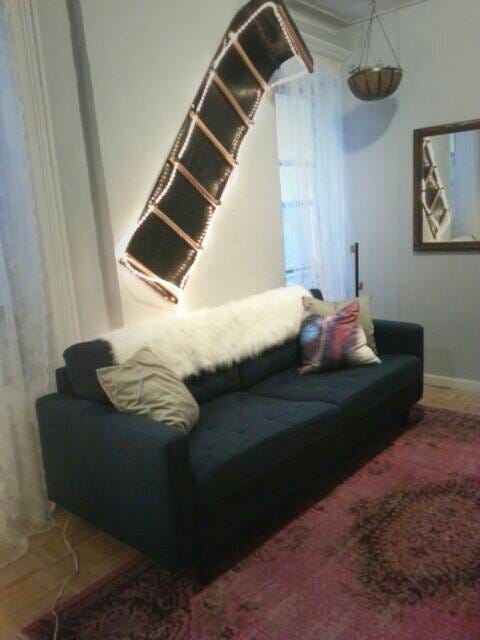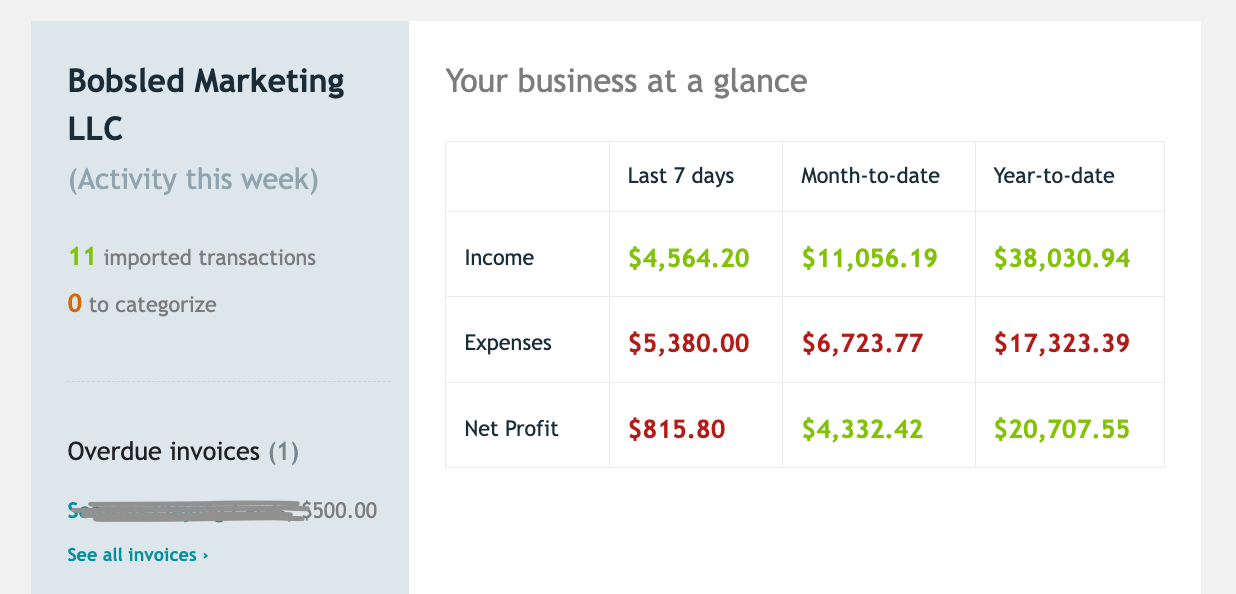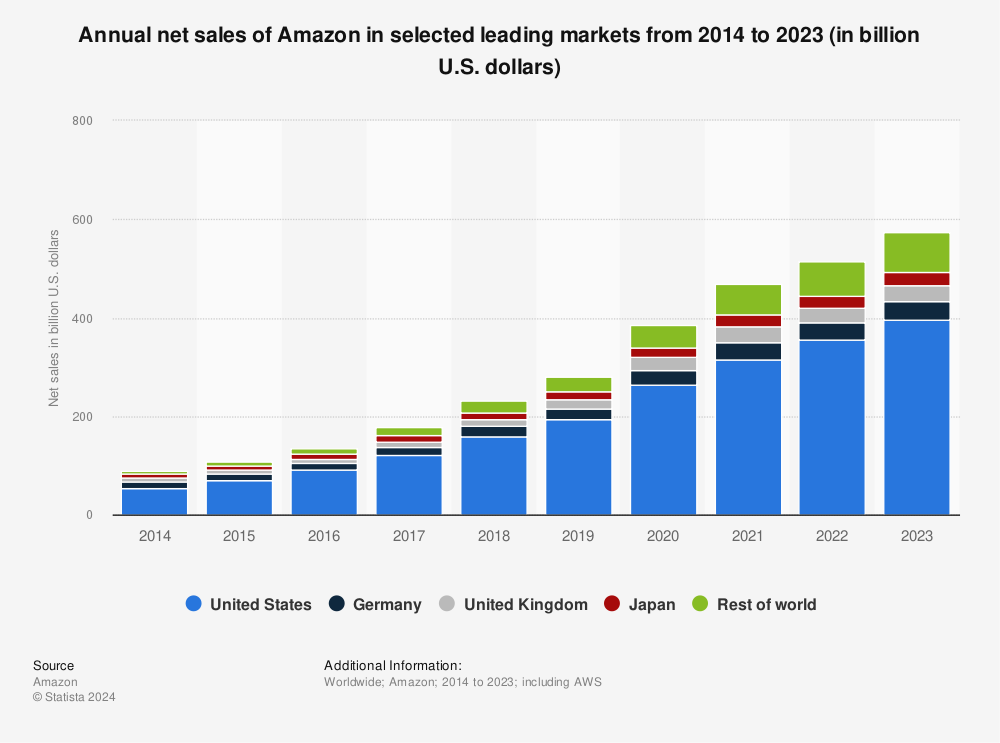My Story, Part 2
I built a multi-million dollar agency. I was the only thing that got in the way
I named the company Bobsled Marketing.
We’d hung a beautiful wooden toboggan on the wall of our Brooklyn apartment — a wedding gift to me and my husband from a whacky friend a couple of years earlier.
I was in need of a name for my business, and looked around. Bobsledding, as a fast-paced competitive team sport, seemed like it could produce a number of clever marketing metaphors later on. I told myself I’d think of them later.
But right now, I had an LLC to register and a business to run.
I would revisit this decision every time someone asked me what the name meant, since I never came up with the pithy tagline that I assumed I would.
I’d like to say that it was the last shoot-from-the-hip decision I’d make, but there would be plenty more in the next 7 years as I built Bobsled into a well-known agency in its category. And eventually — as I’ll tell in Part 3 of this story — when Bobsled was acquired in 2022.
Many things I’d do the same all over again. Others I would regret. This is the story of Bobsled.
Step 1: Acquire clients
An agency is a comparatively easy type of business to start, for two main reasons.
First, it often has a positive cash flow cycle — meaning you get paid before you outlay any costs. Compared this with software or ecommerce businesses where you need capital to float your upfront expenses before making any money.
Second, the founder or key people often start an agency because they have a reputation in the space. The head guy or gal uses their industry creds and network to bring in new clients.
I did both of those things completely wrong.
I had no reputation or particularly deep experience in the area of retail, so I had no network to draw from. I had never worked at an agency, so there were no past clients who could vouch for me.
Amazon was also not a top priority for many brands at the time. It was 2015. The year that Amazon launched Prime Day. Amazon's GMV was $149.1 billion. In 2022 when i sold Bobsled, Amazon’s GMV was $693 billion. Back then, many brands would ignore Amazon. They considered it a place for cheap books, for toilet paper. Over time, that opinion changed as Amazon invested in every product category. Today, Amazon is one of the first sales channels that a consumer brand will stand up. Even 8 years ago, that was not the case. So getting clients was a slog.
I invested an unthinkable amount at the time (I think it was $2,500) in a lead-gen agency. They emailed a bunch of companies who'd raised money on Kickstarter, and offered to help them establish their Amazon sales channel. All at no risk to them - they would only pay a percentage of sales. An irresistable offer — especially for companies who had no ability to stay in stock or had no intention of actually paying me. And then there were the businesses who had good intentions but simply couldn’t keep up with inventory. I had kind of missed the point of an agency being a “positive cash flow” type of business.
While this effort gave me an initial bank of clients to wet my feet, I did not intend to keep on paying to acquire new clients, especially the flaky variety that this lead gen campaign tended to attract.
Given my remaining marketing budget ($0), and equally limited industry connections, I had limited alternatives. Paid ads were out, as were referral partners.
But I did have a couple of other tricks up my sleeve: my keyboard, a digital camera, and the time to make content.
Building the content machine
I blogged, I filmed educational videos, I answered questions on Quora and other forums. Then I wrote and filmed some more.
I wrote blogs to convince these brands that Amazon WAS a good place to sell their products. I created videos explaining how the fulfillment system works. New business was slow. But this huge investment in content would pay huge dividends in the years to come when I came to be known for my commentary in the space.
I came to be known as part of the ‘old guard’ even though I’d started just a few years earlier.
And that's one mark for the importance of being in the right place at the right time in this story. I was early enough in Amazon's eventual expansion that I quickly became a credible voice.
I also simply put SO MANY hours into it. So when the time came for these brands to sit up and notice that the world had changed, my company was there — with my point of view showing up when they searched for answers to their questions. We got inquiries from some big names, even in the early years, and they just kept coming.
The thrill of the chase
My husband had been my confidante and co-conspirator all along. Although the money wasn't coming in yet, it looked like there eventually could be, and he decided to leave his job and work with me. We both have the same outlook on life: if you have a plan B, you'll use it. So, no plan B for us. Now, we were both all in. We had to make it work.
That next year was a blur. We both worked all the time from our tiny, dark, 1-bedroom apartment in Brooklyn.
It was like a boiler room. He'd be on calls in the kitchen, I'd take a call in the bedroom. Friday nights we'd pause to pour a drink and just keep hustling into the night. It was the ‘hustle til it hurts’ era. One time I went to the grocery story and realized it was the first time I'd left my apartment in 3 days.
Rose-tinted glasses are a real thing. Although I'm sure at the time I spent a lot of that year feeling scared and overwhelmed, I also look back with immense fondness for those days. We were in battle together. It was very difficult, but it was also exilherating.
Eventually, we had something incredible: cash flow. Cash flow is a beautiful phrase, like water to someone who's been stranded in the desert. Clients were now paying us. So I took all that money and hired our first part-time employee in October 2015, just nine months after starting the business.
Over the next couple of years I would hire many more amazing people, dozens of people. And eventually those people hired other people. An agency is a people business, which is great if you really love managing and leading people. At this point, I'm not sure I do. But for better or worse, that was the business I had created for myself.
The spoils of war
Recently I found my first year’s P&L for Bobsled. It was $36,000.
That was a lean year indeed, living in NYC, tapping into my savings and spending anything left over on forming a tiny team who could start helping us.
This was my reward that year for taking a giant leap of faith, burning the candle at both ends, wading through a tide of self-doubt every day.
It sounds insane, even to me. Delusional.
But it did eventually work. 7 years later I would sell Bobsled Marketing and finally be repaid financially for those years of sacrifice. And the years in between I enjoyed a pretty well-balanced life, as I’ll describe later.
I don’t want to say that it will always work out. We must contend with survivor bias. You’re hearing my story about a business that was ultimately successful. You’re less likely to read the stories of all the failed businesses.
Like anyone else who becomes successful, I worked hard, but I also got lucky.
I got lucky
I believe that luck and timing is a bigger part of most people’s success story than they’d like to admit.
Sure, hard work is important too. You need to work hard to take advantage of luck.
My good timing was due to Amazon’s emerging dominance in the world of retail.
When I started Bobsled in 2015 I would hear objections from many brands, like:
“Our brand is a premium brand. Amazon is the place for cheap things.”
“People won’t buy our category (food, clothing, etc) online.”
“Our relationship with other retailers is more important than Amazon, and wouldn’t like it if we started selling on Amazon.”
Of course, that would all change over the years and especially so during the pandemic. Amazon now accounts for well over half of all online sales, and an increasing percentage of all retail sales.
Sure, I was more bullish than most on Amazon back in 2015. But I can’t pretend to have had a crystal ball that knew just how significant Amazon would become to most brands.
Eventually, other retailers would step up their online marketplace models, and a whole new step-change in advertising would occur: one where retailers like Amazon would offer their vast access to consumers’ eyeballs and behavioral data to advertisers.
Today, retail media is the fastest-growing form of advertising by a mile. Back in 2015, Amazon’s uber-basic self-serve advertising platform didn’t indicate that even they recognized the pot of gold they were sitting on.
So I started out in a niche that was fairly small at the time, but became huge.
Because we got started early enough, me and my team’s skills and experience started to compound, and soon enough we had more credibility than a lot of other shops out there. This made it easier to sell services to new clients. Combining this with all the educational content we put out into the world, Bobsled was well-placed to ride this rocketship.
The only limit would turn out to be — me.
Boundaries
This is where I am different to the obsessive people that I cover on my podcast Obsession. A truly obsessed person would be leaning in to this business, creating an empire, never slowing down.
But I slowed own. I had a baby in 2017 and left the company in the hands of my highly capable leutenant, Julie, for a few months. I traveled a lot with my family. We moved around the world a couple of times. I developed some other interests outside of work. I typically didn’t work more than 40 hours a week.
The business needed every scrap of energy I had in the early days. Eventually, it didn't need me quite as much in order to just kind of plod along.
If I had wanted exceptional growth, I'd have to give a lot more of myself to the business. But I wasn't willing to do that. I put guardrails in place so I could have a balanced life and see my family and travel and do other things I want to do.
I was obsessed enough to get the whole thing started and moving along at a brisk clip, and I would consider myself overall a pretty ambitious and tenacious person. But there were some things like my family and my health that I wasn’t prepared to sacrifice for my business.
And that meant that other companies in my space grew faster than Bobsled. Sometimes it would frustrate me that we weren’t doubling in size every year, or that I wasn’t taking a bigger profit distribution. But then I’d book another vacation or take a Friday off and remember that every action has an equal and opposite reaction. My boundaries had given me freedom, but they also held my business back.
Still, running an agency over many years is challenging. You either have too many or too few clients. There’s always a client that’s mad, and there’s always some employee issue bubbling.
Even with the boundaries I had set for myself, I found myself enjoying running the business less and less. I started looking for an escape route.
My next post will be about how I sold Bobsled Marketing. Make sure you subscribe to get it!






